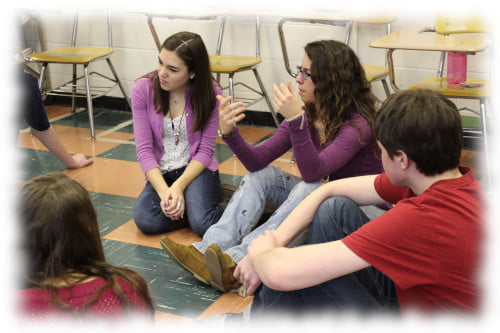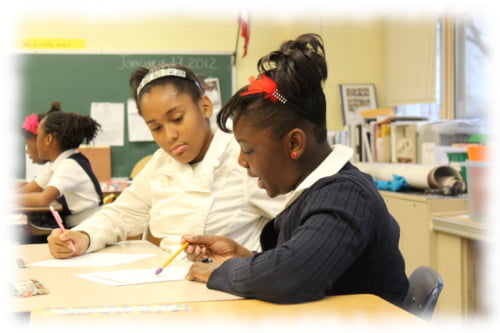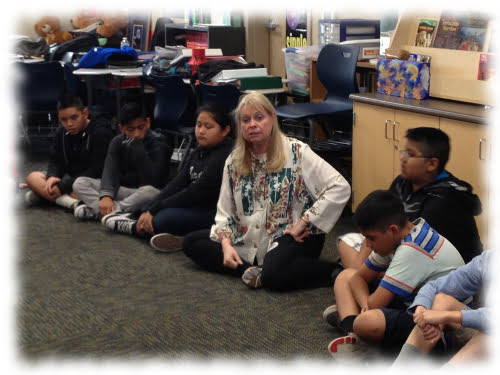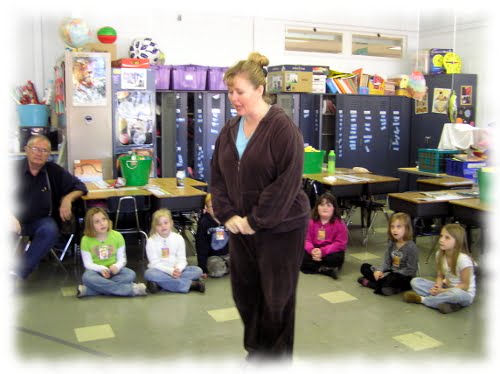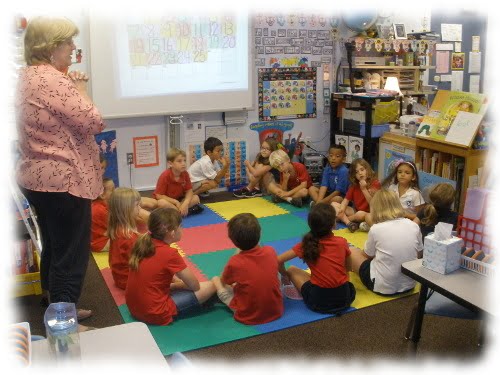Hello friends of OneStopDRAMAShop, and welcome to our final installment of our Classroom Strategies for Drama series. This installment continues with five more strategies, each including a practical example from our lesson library. We hope you have found this blog series informative and helpful. Have a great start to the school year!
1. PBL (Problem Based Learning)
· Identify authentic problem
· Investigate and research problem
· Innovation –design a solution to the problem
· Try the solution
· Evaluate the results and try again with a new innovation if necessary
(See Mantle of the Expert from our previous article.)
Students are in role as an expert in some field facing a problem. They play adults, investigate while in character, design a solution to the problem and then evaluate the results and try again if necessary. The lesson Studying Bones – The Scientist’s Dilemma is a prime example.
2. Students Teach
Students are honored for what they already know or knowledge they are asked to acquire. Then, you find a time where they can teach the information to the rest of the class. Sometimes this works well when a student and teacher work together to teach preparing, researching, or developing materials. For this strategy, we recommend the Building Vocabulary Through Drama Lesson.
3. Think-Pair-Share and Pair Coaching
In partners, students discuss an inquiry question or piece of information needed to respond to an inquiry question. Partners are asked to share their ideas with the rest of the class – sometimes in a community circle.
With pair coaching, students are assigned to support and coach each other through tasks. They might alternate as coach and then switch to become the one being coached.
This is also a strategy I use with Mantle of the Expert. One student role plays the expert teaching something to another student. In The Carrot Seed Lesson, a parent teaches one child how to plant a garden. Then they switch roles and play it again.
4. Yes/No Examples
After students are presented with criteria, facts, or general information on a topic, they are shown examples which they must classify as a yes or a no. For instance, students are taught about the qualities of cubism in visual art. They are then shown some visual works in different media and must say “yes” or “no” to classifying them as cubism. In drama I use this in grades 1-8 to classify dramas into activities or stories. This assists me in knowing if students can discern the difference between a simple drama “game” and an authentic drama.
We recommend our Body Objects: Acting the Dreamer Story, which provides a full drama lesson and a story for dramatization. Because this lesson includes activities and a story drama, it could provide an effective Yes/No exercise for your students. (For more stories especially designed for adaptation into drama, see our Drama Stories Collection.)
5. Multi-sensory: Music, Poetry, Movement, Visual Images
This is an excellent way to teach students about many kinds of art forms, while enhancing their drama experience. However, it is not enough to merely use it as a tool without teaching something about the art form, process or skills needed to create the artwork. Make sure you ask students to engage deeply on the music, poetry, movement, or visual art you are including in your lesson. By doing this, you can provide a much more effective and enriching learning experience. To start, we recommend our Art Prints Lesson.



